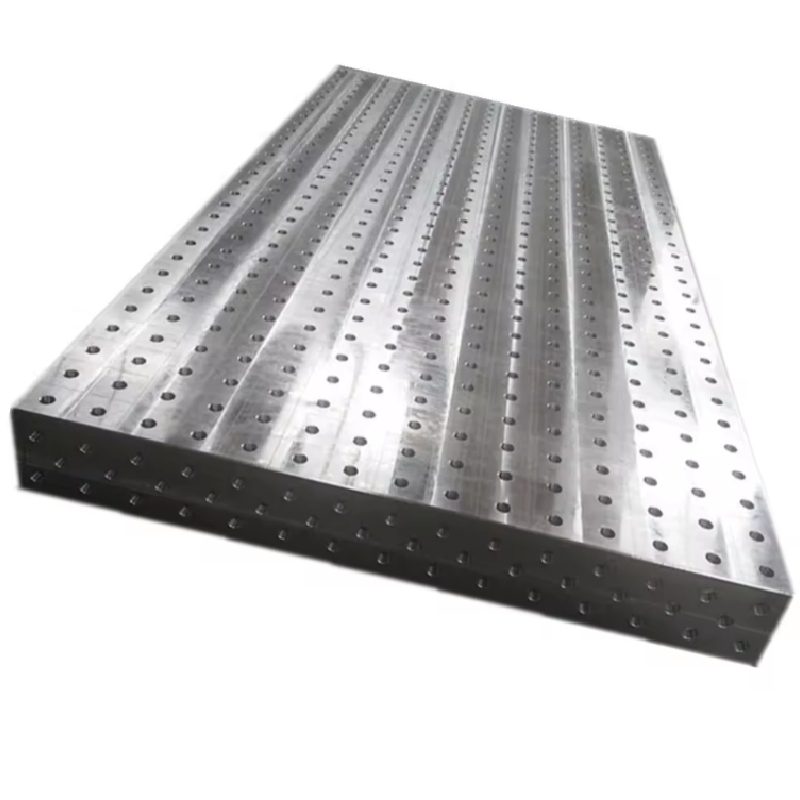ഒക്ട് . 03, 2024 19:18 Back to list
knife gate valve types
Understanding Knife Gate Valve Types
Knife gate valves are critical components in various industrial applications, particularly in situations requiring the control of fluids with a high solid content. These valves are designed to cut through thick slurries, making them an ideal choice for industries such as mining, wastewater treatment, and pulp and paper production. Understanding the different types of knife gate valves can significantly enhance operational efficiency and reliability in manufacturing processes.
1. Manual Knife Gate Valves
Manual knife gate valves are operated by hand, providing a simple and effective means to control flow. Typically equipped with a handwheel or lever, these valves are easy to maintain and are often less expensive than automated options. They are ideal for operations where the valve does not require frequent adjustments, allowing operators to visually inspect the valve's position.
2. Pneumatic Knife Gate Valves
Pneumatic knife gate valves utilize compressed air for actuation, allowing for quick and efficient operation. These valves are suitable for processes that demand high-speed opening and closing capabilities. Because they can be controlled remotely, pneumatic valves enhance operational flexibility, making them common in automated systems. Moreover, they reduce the physical effort required for valve operation, improving safety and ergonomics in the workplace.
knife gate valve types

3. Electric Knife Gate Valves
Electric knife gate valves are empowered by electric actuators, providing precise control over their opening and closing. This type of valve is particularly advantageous in applications requiring frequent operation and monitoring. Electric actuators allow for integration with control systems, enabling real-time feedback and automation. These valves are popular in chemical processing and utilities where accurate flow management is crucial.
4. Hydraulic Knife Gate Valves
Hydraulic knife gate valves use hydraulic fluid to actuate the opening and closing mechanism. This design is beneficial for applications requiring high force, such as those involving thick or viscous materials. Hydraulic valves often feature robust construction to withstand the pressure and stress of heavy-duty operations. They are commonly found in industries such as mining and power generation.
Conclusion
Choosing the right type of knife gate valve is critical for maintaining system efficiency and reliability. Factors such as the nature of the fluid, required operating speed, and manual or automated control preferences should guide the selection process. By understanding the unique characteristics of manual, pneumatic, electric, and hydraulic knife gate valves, operators can make informed decisions that enhance productivity and safety in their facilities. As industries continue to evolve, knife gate valves will remain integral to effective fluid management solutions.
-
Why Metric Trapezoidal Thread is Ideal for Precision Motion ControlNewsAug.05,2025
-
The Unique Properties of a Block of Granite for Industrial UseNewsAug.05,2025
-
The Role of Flanged Y Strainers in Preventing Pipeline ClogsNewsAug.05,2025
-
The Importance of Regular Calibration for Master Ring GagesNewsAug.05,2025
-
How a Cast Iron Surface Table Enhances Accuracy in ManufacturingNewsAug.05,2025
-
Comparing Different Check Valve Types for Optimal Flow ControlNewsAug.05,2025
Related PRODUCTS









